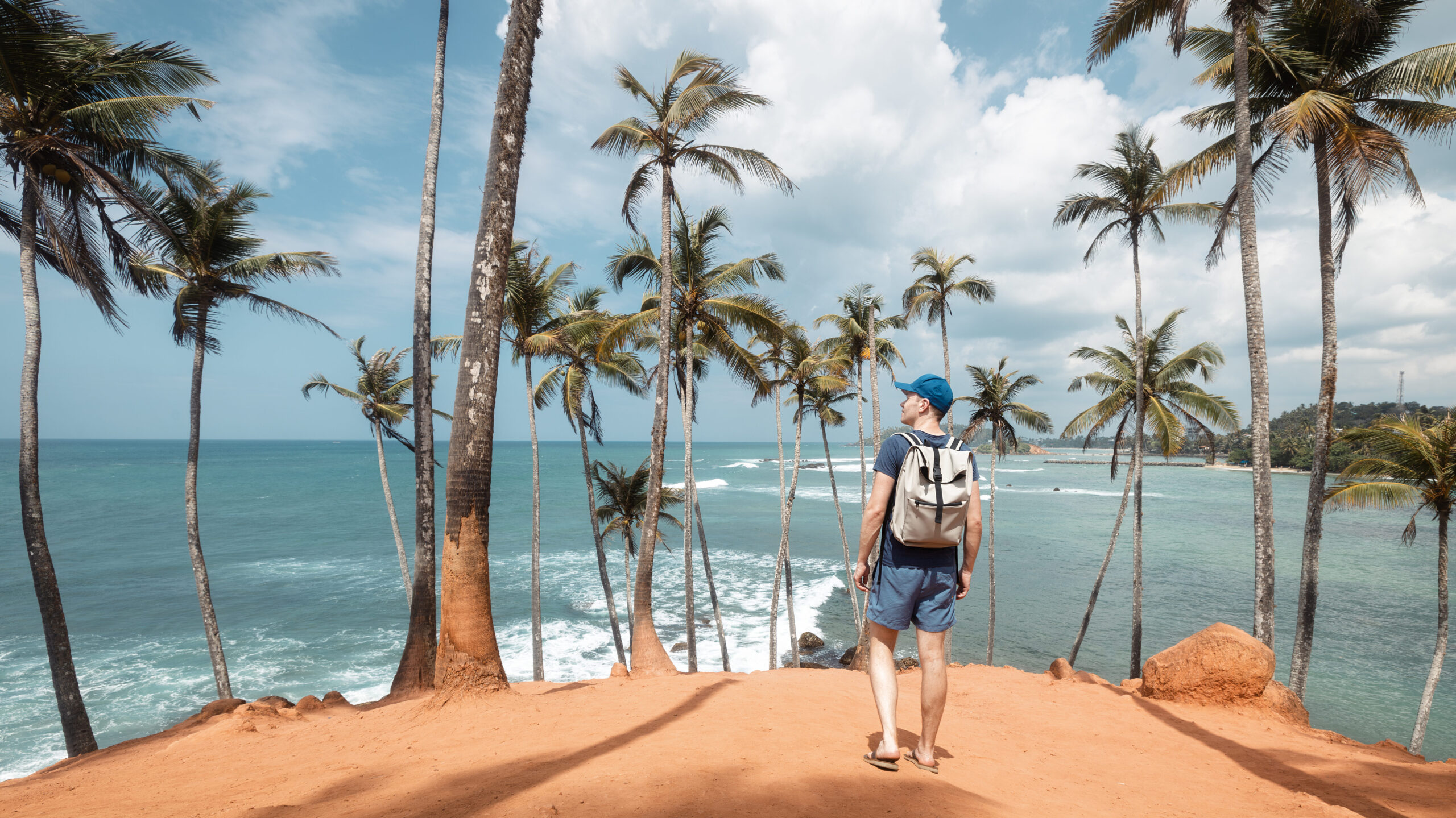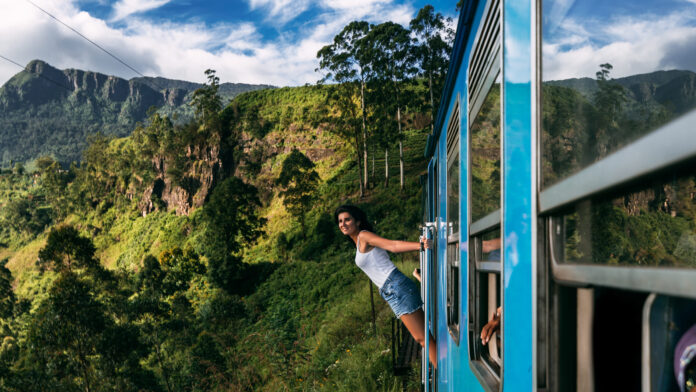Why Local Business Ecosystems Matter More Than Ever
The long-standing model of Sri Lanka’s tourism industry is no longer fit for purpose. The global travel landscape is shifting rapidly, defined by digital acceleration, sustainability imperatives, and travelers seeking authentic, meaningful experiences. In this emerging paradigm, the future of Sri Lanka’s tourism sector does not rest solely on more arrivals or better promotions. It lies in building a resilient, collaborative, and locally driven business ecosystem.
For too long, the tourism value chain in Sri Lanka has remained fragmented. Hotels operate in silos, transport providers compete rather than collaborate, artisans struggle to connect with markets, and communities are often passive bystanders. While individual businesses may occasionally thrive, the lack of a cohesive ecosystem has weakened the industry’s ability to adapt to crises, scale innovation, or capture long-term value.
A robust business ecosystem is one where diverse stakeholders, from hotel owners and tour guides to farmers, tech developers, designers, and local councils, work interdependently.
They share knowledge, infrastructure, networks, and market access. They compete, yes, but they also cooperate for the collective good. In such an environment, success is measured not only in profit margins but in resilience, adaptability, and the distribution of opportunity.
Sri Lanka’s travel industry has learned difficult lessons from the shocks of the past five years. The 2019 Easter Sunday attacks led to a sudden dip in arrivals. The COVID-19 pandemic ground tourism to a halt altogether. Political and economic unrest in 2022 further dissuaded high-value travelers. In each of these moments, the absence of a strong internal ecosystem made recovery harder. Without mutual support structures or shared contingency planning,
individual businesses were left to fend for themselves.
Contrast this with places like Costa Rica, Bali, or Kerala. These destinations have developed tourism ecosystems rooted in community partnerships, digital collaboration, and shared value creation. They have built platforms where small enterprises co-create itineraries, where locals benefit from tourism income through structured frameworks, and where innovation is scaled collectively rather than in isolated pockets.

In Sri Lanka, this kind of approach is still rare but not impossible. There are encouraging signs from regions like Ella, Arugam Bay, and Jaffna, where clusters of small businesses have begun to cooperate. In Ella, for example, a group of boutique hotel owners launched a shared booking and transport service to improve guest experiences and reduce operational costs. In Jaffna, local food entrepreneurs have partnered with tour operators to offer curated culinary trails.
These examples demonstrate that ecosystems can be built organically, even without massive government intervention. However, scaling such initiatives requires intention and structure. A first step is to foster more platforms for collaboration. Industry chambers, tourism boards, and regional councils must facilitate regular forums where tourism stakeholders can meet, share insights, and form alliances. Too often, decisions affecting tourism are made in isolation by ministries or large operators, with little input from those on the ground.
Digital infrastructure also plays a vital role. Sri Lanka needs a centralised digital marketplace for local tourism services, one that allows travelers to discover, compare, and book accommodations, guides, experiences, crafts, and transport options from verified providers.
Such a platform would empower small businesses, improve transparency, and increase the discoverability of offbeat and rural destinations.
Moreover, access to finance and mentorship must be embedded into the ecosystem strategy. Many small players in the industry struggle to scale due to lack of capital, skills, or market knowledge. If tourism-focused microfinance programs and incubators are made available across districts, particularly in underserved regions, the diversity and resilience of the ecosystem will grow. For example, a village homestay operator in Badulla may lack the funds
to upgrade facilities or the marketing reach to attract global visitors. A micro-grant paired with digital marketing support could transform the business and create ripple effects in the community.
There is also an urgent need to integrate tourism with other local industries. Agritourism, wellness tourism, adventure travel, and heritage experiences all depend on links between tourism and sectors like agriculture, health, and culture. Strengthening these links can generate inclusive growth. A tea estate in Nuwara Eliya, for instance, can evolve into a holistic destination offering tours, tastings, spa treatments, and sustainability workshops —provided there is coordination across agricultural, hospitality, and design services.

Education and capacity-building remain foundational. Building an ecosystem requires a workforce that understands customer service, digital tools, sustainability, and cross-sector collaboration. While Sri Lanka has tourism training institutes, these often follow outdated curricula. There must be an investment in modular, mobile, and multilingual learning platforms tailored to entrepreneurs, guides, artisans, and hosts across the country.
From a policy standpoint, the government can act as an enabler rather than a controller. This means reducing bureaucratic red tape for new tourism businesses, offering tax incentives for local collaborations, and protecting community interests in tourism zones. Policy should not merely favour foreign direct investment in large resorts but also nurture domestic entrepreneurship at the grassroots level.
Private sector brands, especially in hospitality, can support this agenda by decentralising procurement and co-creating experiences with local stakeholders. Instead of importing décor or supplies, hotels can source locally, collaborate with neighbourhood artists and chefs, and provide guests with immersive, community-based experiences. This not only enhances brand
value but builds lasting economic linkages.
What is essential now is a mindset shift. Tourism must be seen not as a standalone industry but as a living, breathing ecosystem, one that depends on balance, diversity, and symbiosis.
When hotels thrive but local artisans struggle, when tourists are satisfied but communities feel left behind, the system is out of equilibrium. Long-term success demands mutual benefit.
The economic crisis of recent years has made one thing clear: Sri Lanka cannot afford a fragile tourism model built on foreign arrivals alone. It needs a deeper foundation. Local business ecosystems offer that foundation, enabling the sector to grow from the inside out. By nurturing these networks, Sri Lanka can create a tourism industry that is inclusive, innovative, and ready for the future. This is not just a strategy for survival. It is a blueprint for prosperity.




